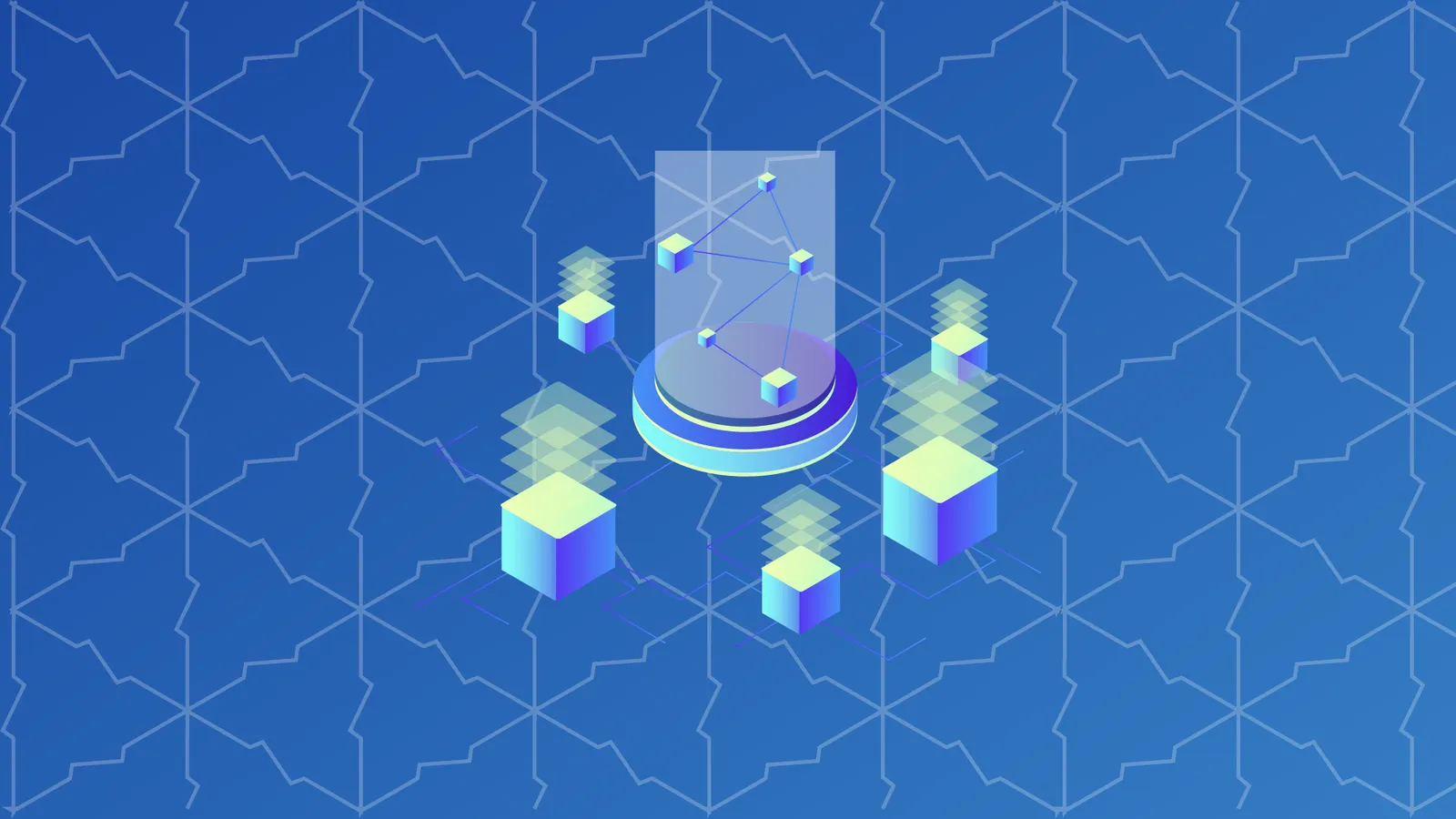DePIN, short for "decentralized physical infrastructure networks," has become an increasingly popular application of blockchain and decentralized technologies.
Simply put, it involves using blockchain to run and maintain decentralized networks of physical hardware, such as sensors, wireless infrastructure, energy grids, and other applications.
By leveraging cryptocurrency tokenomics and blockchain technology to incentivize and coordinate the running of peer-to-peer (p2p) hardware infrastructure networks, DePIN is already being used to bootstrap and maintain real-world services. Here’s how it works.
What is DePIN?
DePIN uses cryptocurrency rewards to incentivize participation in physical infrastructure networks, enabling them to be built from the “ground up” rather than the top down.
Setting up and operating physical infrastructure networks is expensive and challenging, which is why historically it’s usually been undertaken by well-established corporations or governments with plenty of capital to hand.
Individuals participate in DePIN networks using either their own hardware, or specialized hardware designed for the network. This can range from hard drives to wireless network nodes, to in-car tracking devices.
Filecoin: A DePIN pioneer
Founded in 2009, IPFS (InterPlanetary File System) functions like a library that's not just in one building but spread out over an entire city. To continue the metaphor, it keeps copies of books (ie, your digital files) in multiple locations. When you want to access a file, IPFS finds the nearest copy and delivers it to you, ensuring fast and reliable access.
Filecoin, launched in 2014, builds on the IPFS concept, but introduces an incentive layer. It's like offering a coffee or a small thank you to your friends every time they help you retrieve your favorite book. People who have extra hard drive storage space can rent it out, earning Filecoin in return for hosting and serving content.
DePIN decentralized storage networks such as Filecoin ensure that digital assets and the data associated with them (such as the image of an NFT, or transaction records) are always accessible, regardless of server status or geographical restrictions. It also maintains the integrity of digital assets. Since multiple copies exist, tampering with the data becomes impractically hard. You can always verify an asset's authenticity through its decentralized copies.
Using DePIN also improves efficiency, since retrieving data from the nearest or most available node reduces the time and resources needed to access digital content.
Examples of DePIN
Filecoin is just one example of a DePIN project. There are many others, each using tokenization to incentivize participation in a different type of physical infrastructure networks. Some DePIN projects include:
- Arweave: 💽 A decentralized file storage service where users share their available computer disk space with those who need storage capacity.
- Hivemapper: 🗺️ A decentralized mapping service where users are rewarded for snapping images of the roads where they drive with a specially designed dashcam.
- Render: 🖼️ A decentralized GPU rendering platform, where users can contribute the unused power of their PC graphics cards to render motion graphics and visual effects.
- Helium: 🎈 A decentralized wireless Internet of things network that uses a distributed network of hotspots that are rewarded for providing wireless coverage.
- Power Ledger: ⚡ A peer-to-peer energy trading platform that aims to decentralize the energy grid.
- DIMO: 🚗 Short for Digital Infrastructure for Moving Objects, DIMO is a network that enables vehicle owners to use and monetize data gathered from their vehicles.
- PowerPod: 🔋A shared EV charging network that enables the owners of private chargers to share them with other drivers, receiving rewards for doing so.
The future of DePIN
DePIN promises to increase the resilience and reach of hardware-based networks. By enabling the efficient allocation of resources through incentives and reward mechanisms, they can help to bootstrap new hardware networks without requiring the resources of centralized players.
However, challenges still remain. DePIN networks have yet to face serious scrutiny from regulators (to give an example, who is responsible if a decentralized file storage service is used to host illegal content?), while other potential hurdles include interoperability and scalability.



